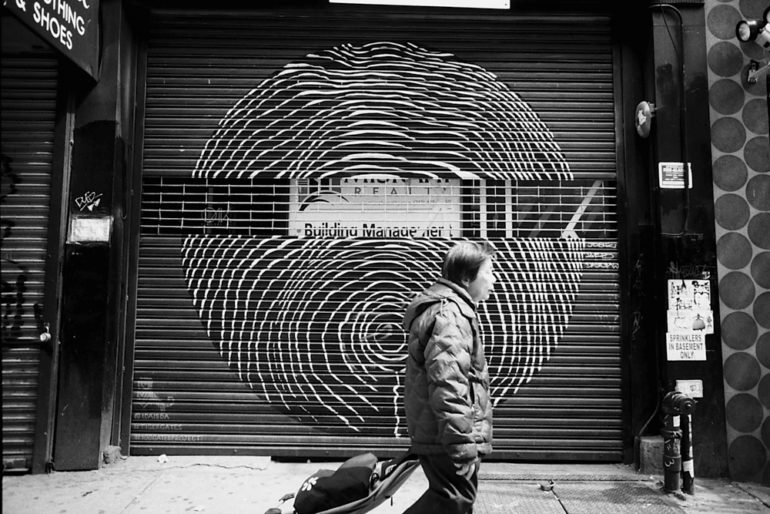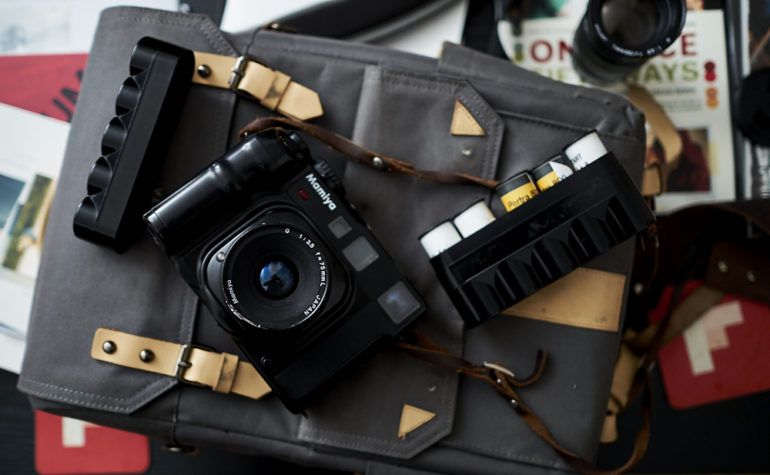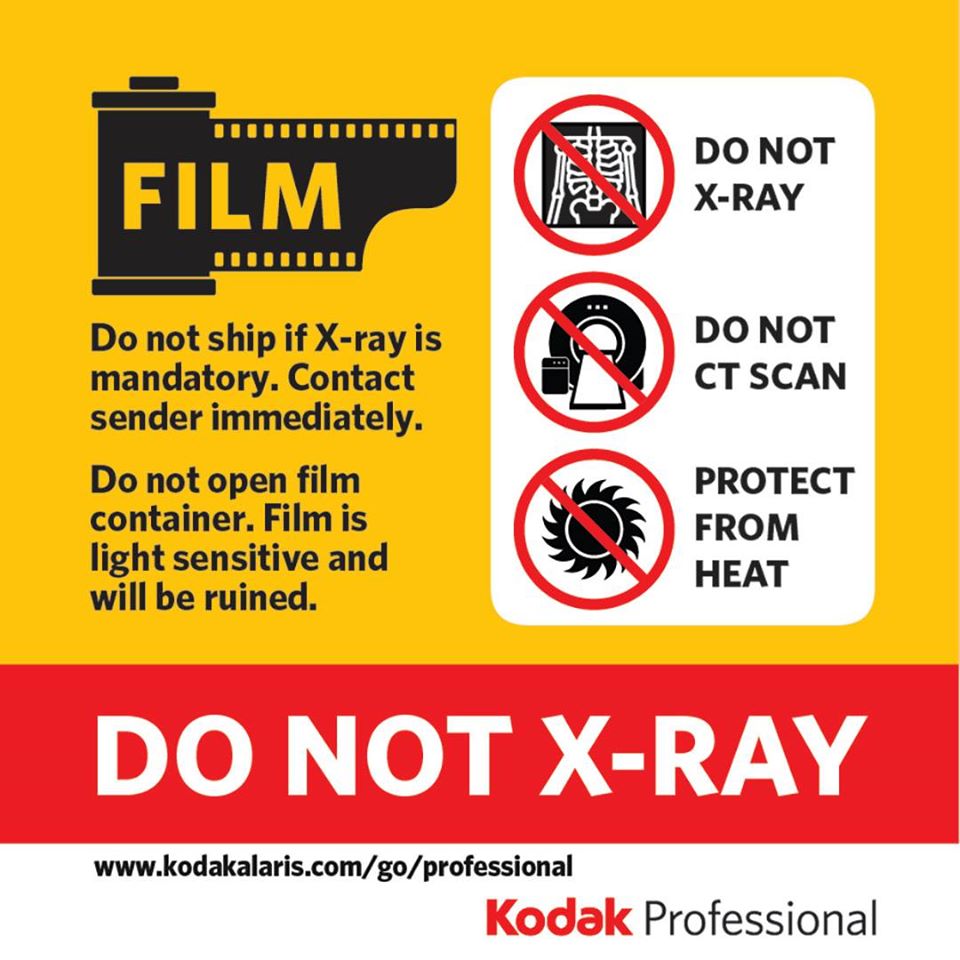Last Updated on 01/29/2020 by Mark Beckenbach
Are you a film photographer traveling to or out of the US? Kodak strongly recommends asking for a hand check of your films and avoiding TSA CT scanners.
Airport scanners and checks have always been stressful for traveling film photographers, and it remains one of the biggest concerns for just starting out with shooting film. Adding to the worries is the news of the United States Transportation Security Administration (TSA) installing Computed Tomography (CT) scanners in US airports for carry-on luggage. Kodak has recently issued an advisory against putting unprocessed films through these scanners, along with some suggestions for avoiding degradation of film in carry-on luggage.
The advisory, which was shared on the Kodak Professional Facebook page, noted that in the coming months, CT scanners will be operational at 145 airports across the US. This technology has been used for checked luggage for many years, which is why Kodak Alaris and Eastman Kodak (and most likely seasoned film photographers) warned against checking in film. Instead, these prized emulsions should be in carry-on luggage and hand-checked by TSA agents.

Since this technology will soon be used for carry-on luggage, Kodak decided to do a simple test to see how much damage films will incur in case someone forgets to take them out of their luggage and they are run through the CT scanners.
“To better assess the risk to film from the new carry on scanners we brought a small quantity of Portra 400/135 to John F Kennedy Airport in NYC. With the help of TSA representatives, the film was put through the new carry on CT scanners from 1-10 times. The film was then evaluated at Eastman Kodak Research facilities. The initial results are not good. Just 1 scan shows significant film fogging, leading to smoky blacks and loss of shadow detail. This will be more significant for higher speed films. Although it’s possible that a roll of 100 speed film would show less degradation, we strongly recommend against putting any unexposed or exposed but unprocessed film through a CT Scanner.”
With these findings, Kodak was prompted to reach out to the TSA and ask about the options to warn film photographers, including the possibility of adding signage at the airports that use the CT scanning technology. The company is also currently developing warning stickers on labels to be printed and attached to the clear plastic bag where the films will be placed for hand-checking. Their information only covers passengers traveling from US airports, but to be on the safe side, it looks like travelers entering the US should heed this warning as well.
According to the TSA, the screeners are trained to hand-check roll and movie films, as well as single-use cameras. However, photographers should be more diligent and vigilant about sheet film in boxes. If you plan to carry any of the films listed below, TSA’s guidelines say to pack them in a clear plastic bag, take it out of your carry-on bag at the checkpoint, and ask for a hand inspection.

• Film with an ASA\ISO 800 or higher
• Highly sensitive x-ray or scientific films
• Film that is or will be underexposed
• Film that you intend to “push process”
• Sheet film
• Large format film
• Medical film
• Scientific film
• Motion picture film
• Professional grade film
• Film of any speed that is subjected to x-ray screening more than five times
So, that’s official — if you’re headed to or will be traveling out of the US soon, be prepared with those labels and clear plastic bags, and don’t forget to request for hand-checking those precious emulsions.
Download the Storage and Care of KODAK Photographic Materials PDF from Kodak Alaris for more information on how to take care of your film.
Cover image from the Kodak Professional Facebook page


